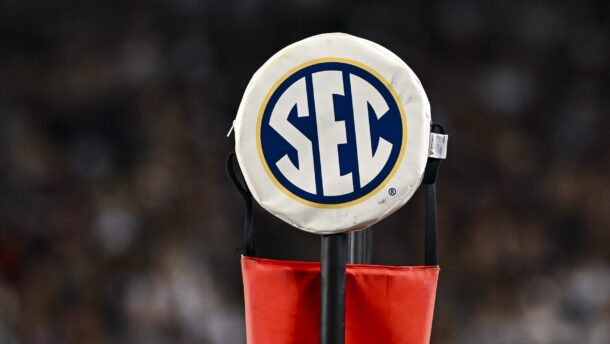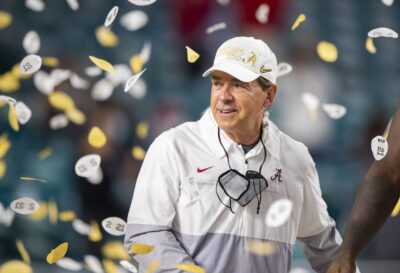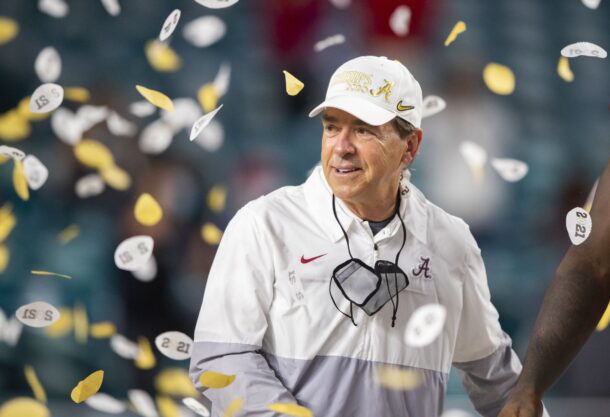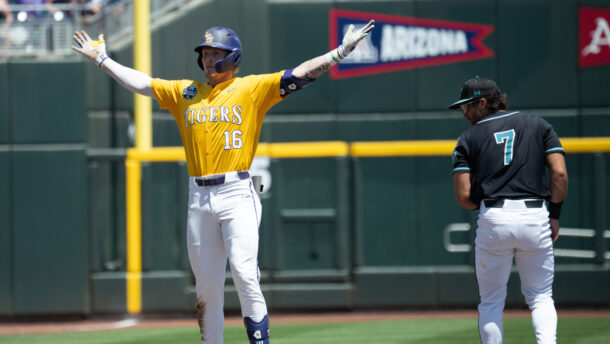Most are expecting a much-improved offense at Florida this season under first-year play caller Kurt Roper, a coach who will play to the Gators’ strengths in a no-huddle, spread attack.
Florida’s production on that side of the football falls heavily on its wide receivers, a position lacking playmakers and overall cohesiveness the last several years.
Sixth-year senior Andre Debose, a former five-star prospect and the Gators’ all-time leader kickoff return touchdowns, is expecting his final campaign to be his best.
“I’m finally in an offense I came to play in,” Debose said after a recent practice. “All of us are going to flourish in this offense. With the ball in space, a lot of us can get the job done.”
Quinton Dunbar, another veteran whose career numbers are so-so due mainly to shaky quarterback play, is also putting a ton of stock into Florida’s depth at the position based on what he’s seen this spring and early in fall camp.
“We have major talent,” Dunbar said. “Any guy can step in and make plays. We’re excited to get this thing going.”
Since Will Muschamp arrived in 2011, the Gators’ single-season production high for a receiving option came in 2012 when tight end Jordan Reed managed 559 yards on 45 catches. During that same stretch, each of the SEC East’s other six teams had at least one wideout post more yards and touchdowns in a single campaign.
Top individual season (receivers) at each SEC East program since 2011
- 2013: Jordan Matthews, Vanderbilt: 112 catches, 1477 yards, 7 TD
- 2012: Justin Hunter, Tennessee: 73 catches, 1,083 yards, 9 TD
- 2012: Tavarres King, Georgia: 42 catches, 950 yards, 9 TD
- 2013: L’Damian Washington, Mizzou: 50 catches, 893 yards, 10 TD
- 2013: Bruce Ellington, South Carolina: 49 catches, 775 yards, 8 TD
- 2011: La’Rod King, Kentucky: 40 catches, 598 yards, 7 TD
- 2012: Jordan Reed, Florida: 45 catches, 559, 3 TD
Much of the lack of production can be blamed on player development and inconsistency at quarterback. John Brantley was average as a senior in 2011, Driskel relied heavily on his defense for short fields in 2012 and last season, the lack of depth after Jacoby Brissett’s transfer forced freshman Skyler Mornhinweg into action late after injuries to Driskel and Tyler Murphy.
The results under center were, at times, laughable through the air. After a dismal 4-8 finish, many wondered if the Gators would ever get back to prominence under Muschamp and if 2012’s 11-win season was a fluke.
At Duke, Roper put a focus on receivers and getting his pass-catchers room to operate in space. The Blue Devils had three 1,000-yard receivers over the last two seasons and the majority of that offense’s big plays came from the arsenal on the outside. Keep in mind the talent difference Roper now has in Gainesville compared to Durham.
Properly utilized for the first time in several years, wide receiver may no longer be of position of worry for the Gators. Florida’s expecting noticeable differences in the play of sophomore Demarcus Robinson and junior slot Latroy Pittman, highly-recruited players who have been non-factors thus far.
“I think Demarcus had very good spring. The game has slowed down for him. It’s not add water, instant player. Sometimes it takes guys a little more time to adapt to the college speed of the game.”
Florida’s most explosive player at the position remains Debose, a guy who is finally healthy with 1,000-yard potential.
“I was recruited to play in a spread offense,” Debose said.
We’ll finally see what he’s made of under Roper.







